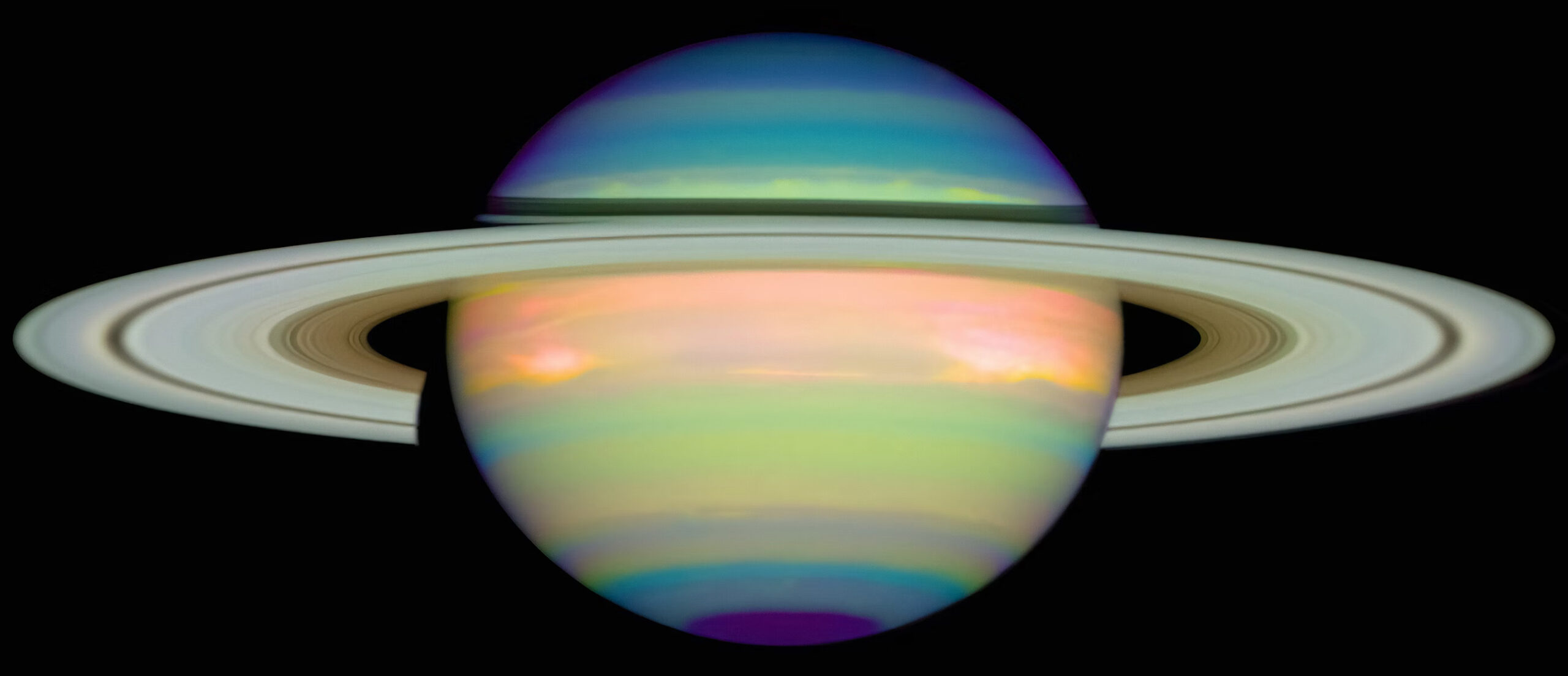Spring | Summer | Fall | Winter | |
2025 | Volume 67 |
| Volume 65 | Volume 66 |
Volume 26, 25 September 2014
“My soul is painted like the wings of a butterfly”
Navaratri - Celebrating the Universal Mother
The word navaratri is a compound of nava meaning nine and ratri meaning nights. It is a nine day festival typically celebrated two times a year though strict devotees observe five navaratris. The principal ones are The Vasant Navaratri in the spring and the Sharad Navaratri which is the most important and celebrated in the fall. It is called the Maha Navaratri (the great navaratri). This year it will begin September 24th and culminate in the great observance of Victory Day on October 3rd.
The linkage of these festivals with the junctions of the autumnal and vernal equinoxes is, of course, not coincidental. It is regarded as an auspicious time to worship the powerful Shakti or divine creative energy in the form of the Mother.
In the Veda itself, there are devotional verses addressing this Divine Shakti. In addition, there are very famous Suktams celebrating different aspects of the Divine Mother such as the Sri Suktam, the Durga Suktam and the Medha Suktam.
Navaratri is a celebration of Mother Durga in the form of the Power. The worship of the Divine Feminine dates back in many cultures to prehistoric times. The name Durga means the remover of the sorrows and miseries of life.
Navaratri is observed in different ways in the diverse regions of India. Often there is a division into three sets of the nine days. In the first three, the Mother is worshiped as the powerful remover of evils and giver of boons in the form of Durga or Kali. The second three days, it is Mother Lakshmi in the form of a copious stream of spiritual and worldly abundance. The final set of three days is the worship of the goddess of wisdom, Saraswati.
Debilitation - Every Cloud Has A Silver Lining
We have discussed in past newsletters the states that a graha can attain which are considered “dignified”. The two states are exaltation (uccha) and own constellation (swastha). These two are considered to be the gold standards when evaluating whether a graha is strongly conditioned.
The other end of the spectrum is when a graha is debilitated (neecha = nīca). Technically, nīca means insignificant, lowered, depressed or inferior. Like the state of exaltation, every graha has one constellation where it is considered to be debilitated.
Here is a table of the exalted and debilitated constellations of each graha:
| Graha | Exaltation | Debilitation |
|---|---|---|
| Sun | Aries | Libra |
| Moon | Taurus | Scorpio |
| Mars | Capricorn | Cancer |
| Mercury | * Virgo | Pisces |
| Jupiter | Cancer | Capricorn |
| Venus | Pisces | Virgo |
| Saturn | Libra | Aries |
| Rahu and Ketu | See below | |
| * Mercury is said to be exalted from 0 to 15 degrees of Virgo. | ||
Rahu and Ketu are shadowy grahas that have no mass or light. Confusion is one of their main significations. Therefore it is not surprising that there is disagreement in texts and among different Jyotisha teaching traditions as to their exaltation and debilitation constellations.
Perhaps a clue can be obtained about where Rahu and Ketu fit in when we consider the symmetry in the exaltation and debilitation patterns. Note that the Sun exalts where Saturn debilities and visa versa. This pattern holds for the rest of the graha pairs - Jupiter and Mars have opposite exaltation and debilitation constellations as do Venus and Mercury. That leaves us to consider the situation with remaining grahas, Moon and the Rahu/Ketu axis.
If we recall that Rahu and Ketu originally were one entity chopped in half as per the Puranic story, and if we remember from that story that their relationship with the Sun and Moon are inimical, it is compelling to take the point of view that the Moon exalts in Taurus and debilities in Scorpio and the nodal axis, acting like one, does the opposite. They both exalt in Scorpio and debilitate in Taurus.
This, in fact, is the way I have been taught to regard the exaltation and debilitation of Rahu and Ketu and I encourage those of you that are actively doing charts to do your own research on the matter.
Black and white terms like exaltation or debilitation can often lead unwary enthusiasts down the path of unfounded exhilaration or doom. As always, the context of a chart is the final arbiter on how these two seemingly opposite ends of the spectrum will actually play out in a life.
It may be surprising to find that some people can become experts in the area that the very graha that is debilitated is keying. Or, a person’s rise in life can be keyed to the time when a debilitated graha is active in their life. In Jyotisha texts there are auspicious combinations (yogas) that are even built on debilitated grahas. Not everyone’s chart will show this potential but it is important to know that just as an exalted graha might not deliver its stellar promise, a debilitated graha is not a reason to be disheartened.
Next newsletter we will examine a few charts that demonstrate different kinds of outcomes with respect to the debilitated graha or grahas present in the destiny pattern.
Eclipse Season
There will be a total lunar eclipse on October 8th. It occurs two days after the Moon’s closest approach to earth (perigee) and will therefore appear larger than the last total eclipse last April. The Moon will be in Pisces in the nakshatra of Revati at the time of the eclipse.
The entire duration of this eclipse will be most visible from the regions bordering the Pacific Ocean. The northwestern one third of North America will also see all the stages of the eclipse. Eastern USA and Canada will witness the totally eclipsed Moon as it is setting. It will not be at all visible in Europe, Africa or the Middle East.
The following stages of the eclipse are given in Universal Time (UT) which was called Greenwich Mean Time. It never transitions to Daylight Savings Time. If you are interested in the stages of the eclipse in your local are, you will have to convert UT time to your time zone. For example, EDT is four hours earlier than UT. The early stage of this eclipse begins at 8:15 AM UT, enters the partial phase at 9:14 UT and then is totality begins at 10:25 UT with the greatest totality at 10:54 UT. It all ends at 13.33 UT.
The final eclipse event of 2014 is a partial solar eclipse on October 23rd when the Moon is in Virgo. What is unusual about this eclipse is that although partial, it will be visible for most of North America. In many major cities, the magnitude of the eclipse will most likely attract press coverage.
For more details about these eclipses, visit eclipse.gsfc.nasa.gov
The Media Corner - The Power of Giving
In a world of great contrast, it is always important to focus on what truly makes us human. There are many inspirational videos out there to help us share the divinity at work in an act of kindness. Here is one of them.
Note:This video has been removed later from youtube.












